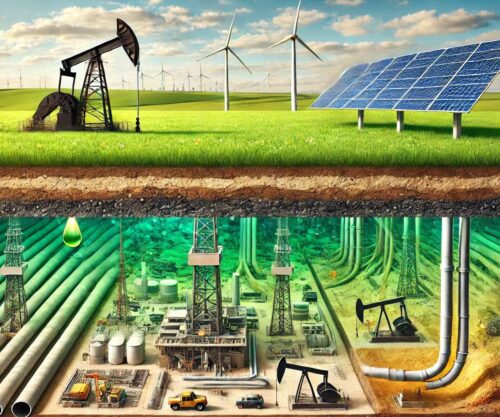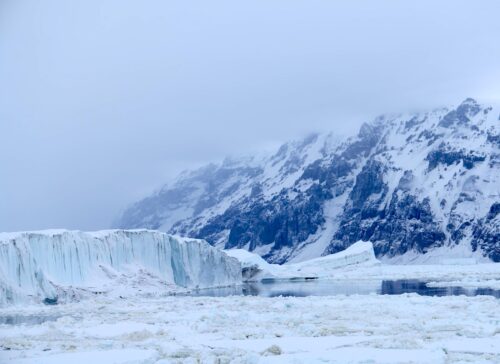
Scientists are now acknowledging the sharply declining trend in Arctic sea ice from the mid-1990s to the 2010s (-11.3% per decade), as well as a “negligible” or flat trend since 2012 (-0.4% per decade), are both “closely coupled” with natural decadal-scale variations in the North Atlantic Oscillation, the Atlantic Multidecadal Oscillation, and “enhanced summertime radiation balance associated with an anticyclonic atmospheric circulation pattern.” [emphasis, links added]
In other words, instead of a linear decline in Arctic sea ice coupled with rising greenhouse gas emissions, it is claimed that “approximately half” of the observed Arctic sea ice decline in the modern era can be attributed to internal variability.
The authors of this new study, published in Nature Communications, further suggest the flattened trend or “slowdown” in sea ice decline will likely persist for the next 10 to 15 years.
Consequently, alarmist predictions of an “ice-free” Arctic in the coming decades will have to be put on hold until after the 2030s.

Top photo by Jenny K. via Pexels
Read more at No Tricks Zone



















The Arctic sea ice extent trend from 1980 to 2025 is down.
The author data mines a low point in 2012 to try to prove there’s been an uptrend since then. Data mining to start a trend line from an unusually low or unusually high year is lying. This is bad science.
The NAO and its Arctic counterpart, the Arctic Oscillation (AO), have periods where they strongly correlate and influence Arctic ice. However, this natural variability operates alongside a stronger long-term decline in ice driven by anthropogenic warming.
The 50% claim is the number pulled out of a hat.
Your hatred of this author shows through with every article of his that gets posted. But your ability to refute his claims are as thin as your resume on climate science.